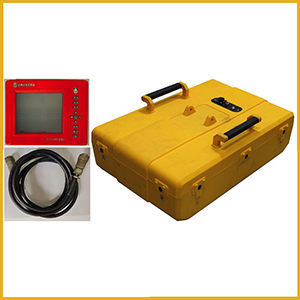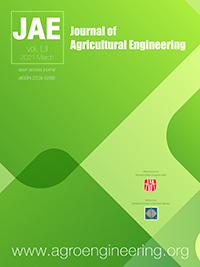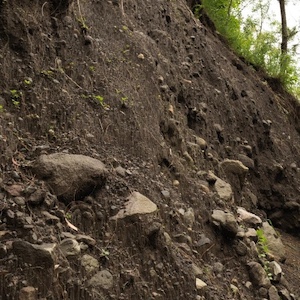Application of ground penetrating radar technology in moisture content detection of stored grain

All claims expressed in this article are solely those of the authors and do not necessarily represent those of their affiliated organizations, or those of the publisher, the editors and the reviewers. Any product that may be evaluated in this article or claim that may be made by its manufacturer is not guaranteed or endorsed by the publisher.
Authors
How to detect grain moisture content storage inefficiently, non-destructively, and quickly is a critical task in the storage process of the modern grain industry. The influence of media with different moisture content on the propagation and attenuation of electromagnetic wave energy is the premise and basis for applying electromagnetic wave technology in detecting grain moisture content. To explore the applicability of electromagnetic wave technology in detecting grain moisture content, we used ground penetrating radar (GPR) technology and autoregressive and moving average (ARMA) power spectrum analysis method to detect and study the moisture content of the typical national grain depots and local grain depots. The results show that GPR technology could realise the moisture content of stored grains and solve the problems of detection distance, non-destructive, and detection dead ends. Compared with the actual test data, the correlation is above 90%, the error can be controlled within 0.5%, and the measurement accuracy is higher, within ±0.3%. Furthermore, the continuous distribution profile of stored grain moisture content was obtained using the ARMA method. The moisture content distribution range of the rice barn was 10-14%, showing the regularity of the moisture content distribution in the middle layer > upper-middle layer > lower-middle layer > bottom layer > grain surface layer. It indicates that the GPR technology has particular advantages in food safety detection and provides data support for real-time detection of food storage safety.
How to Cite

This work is licensed under a Creative Commons Attribution-NonCommercial 4.0 International License.














